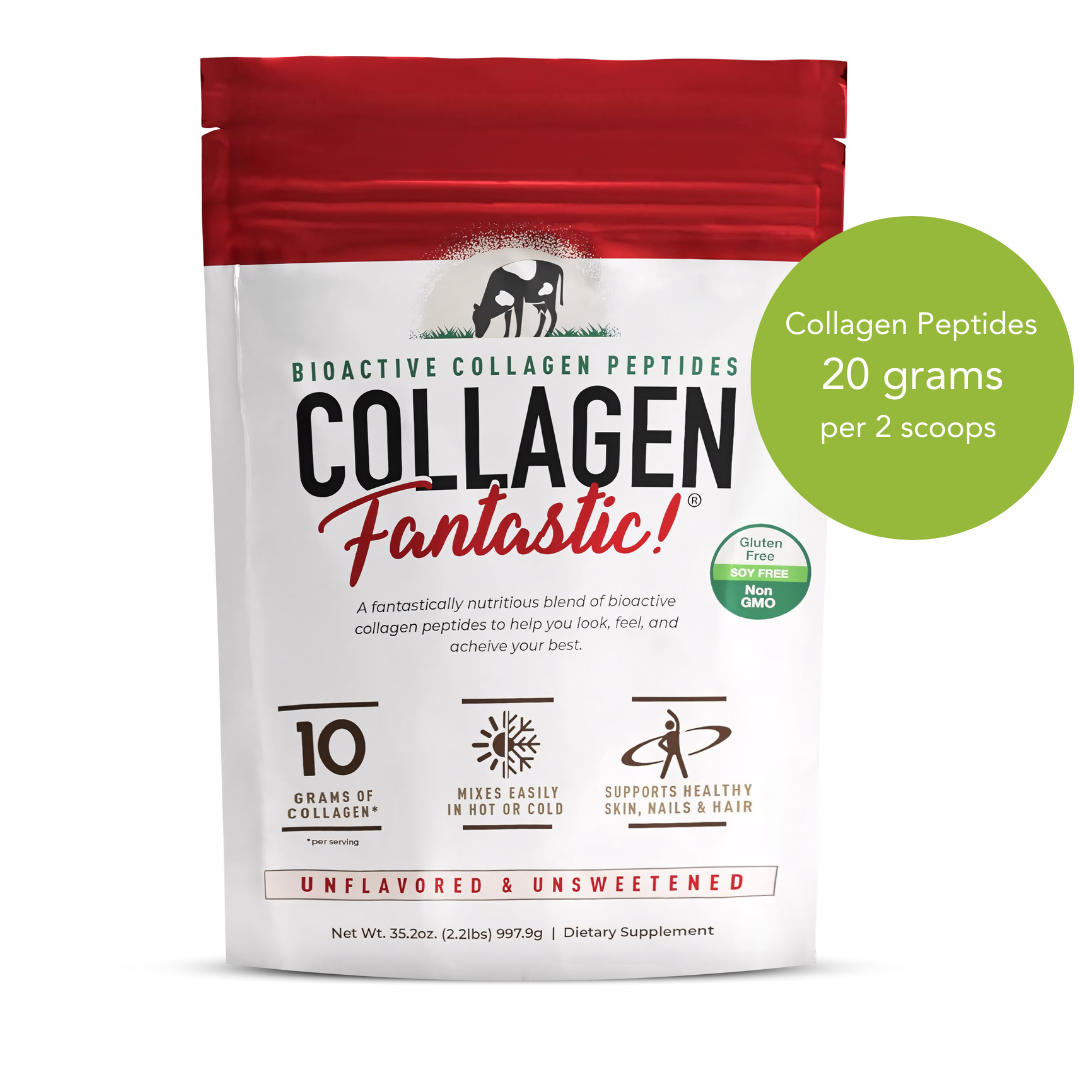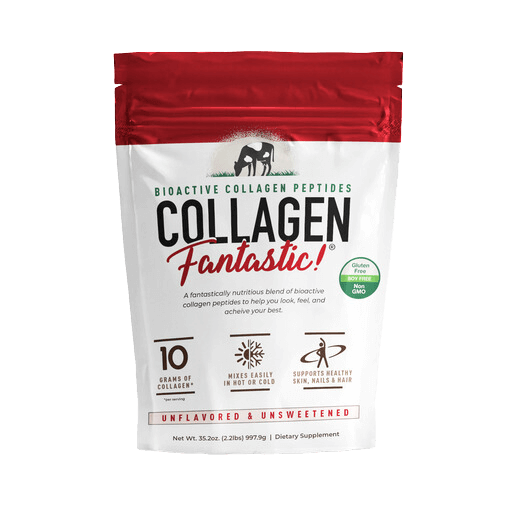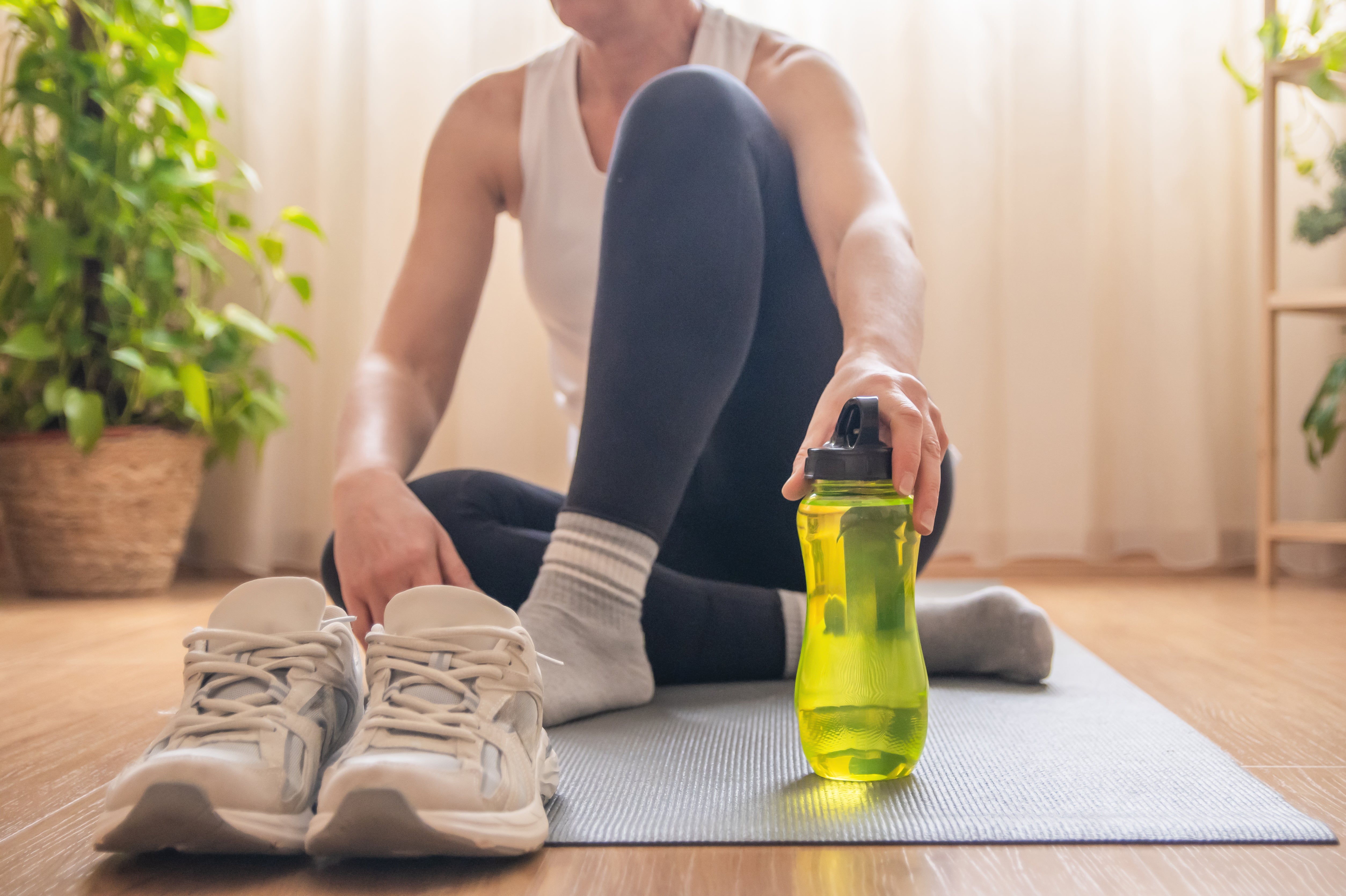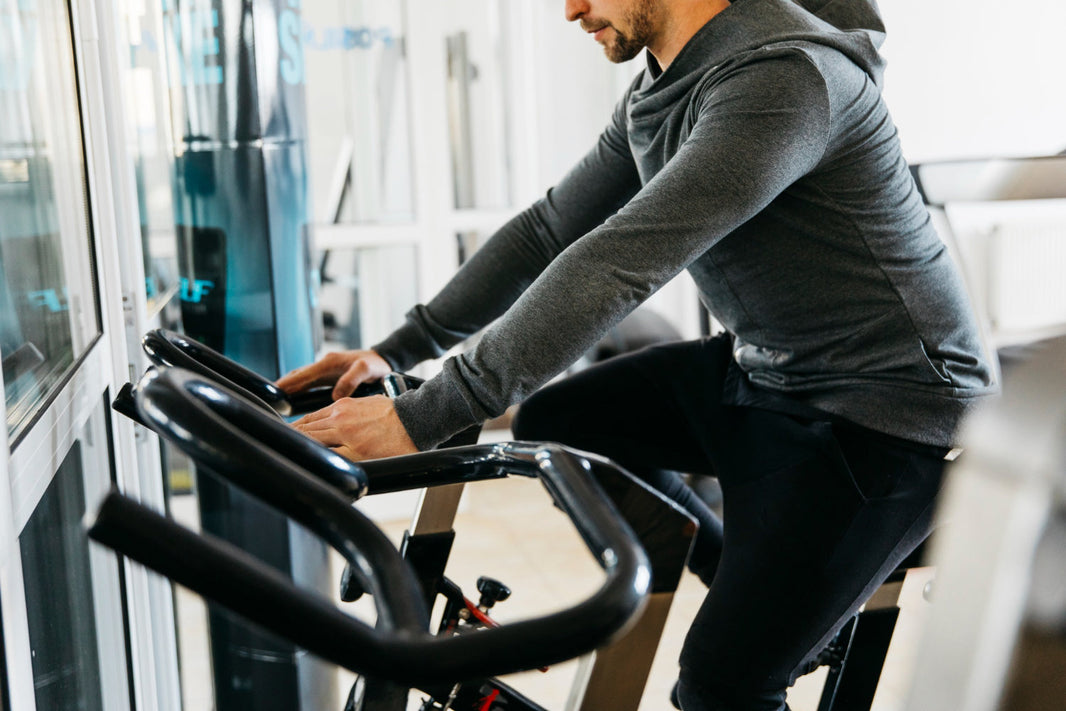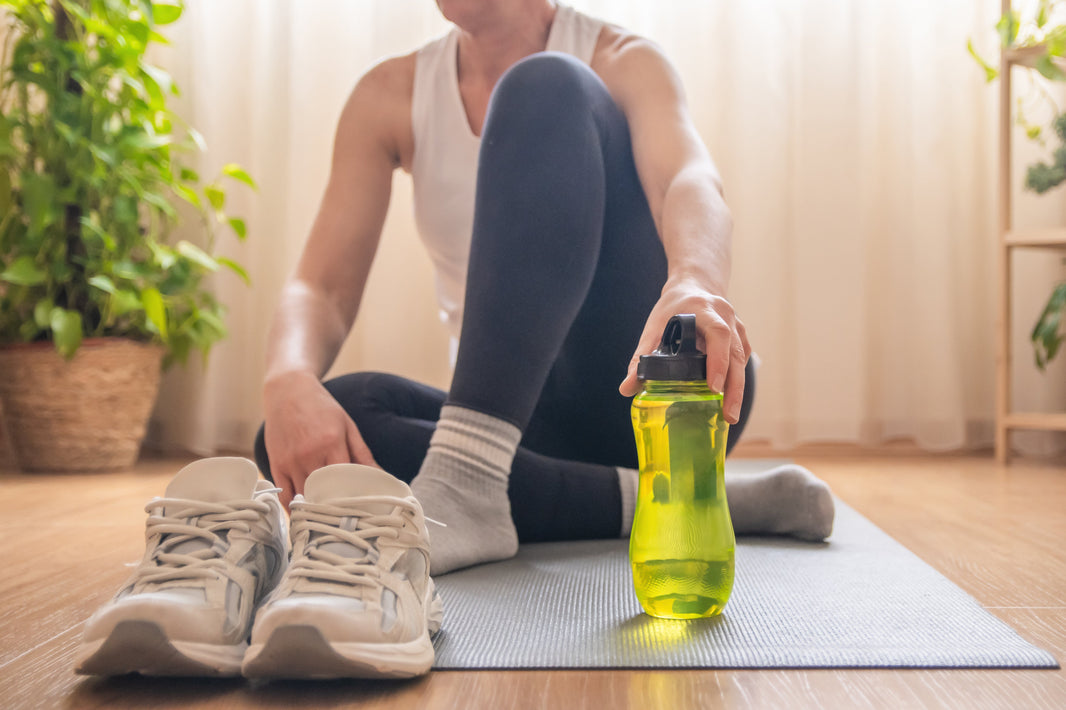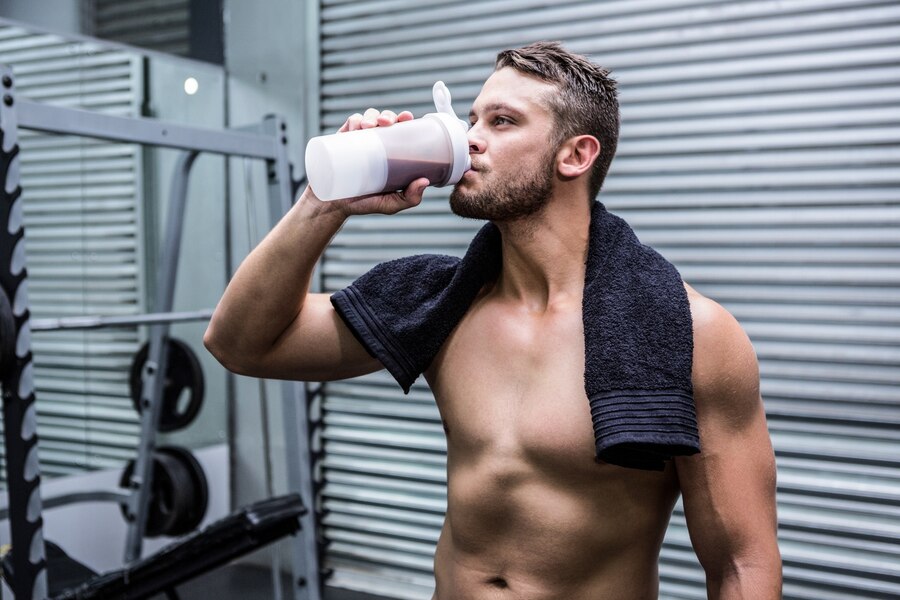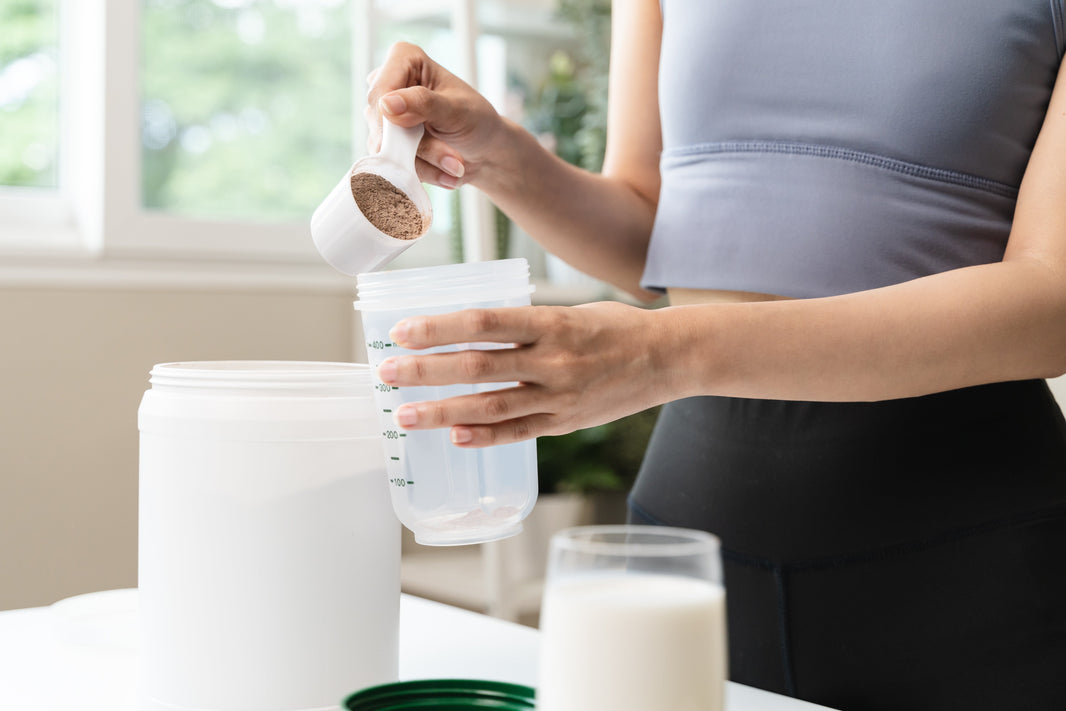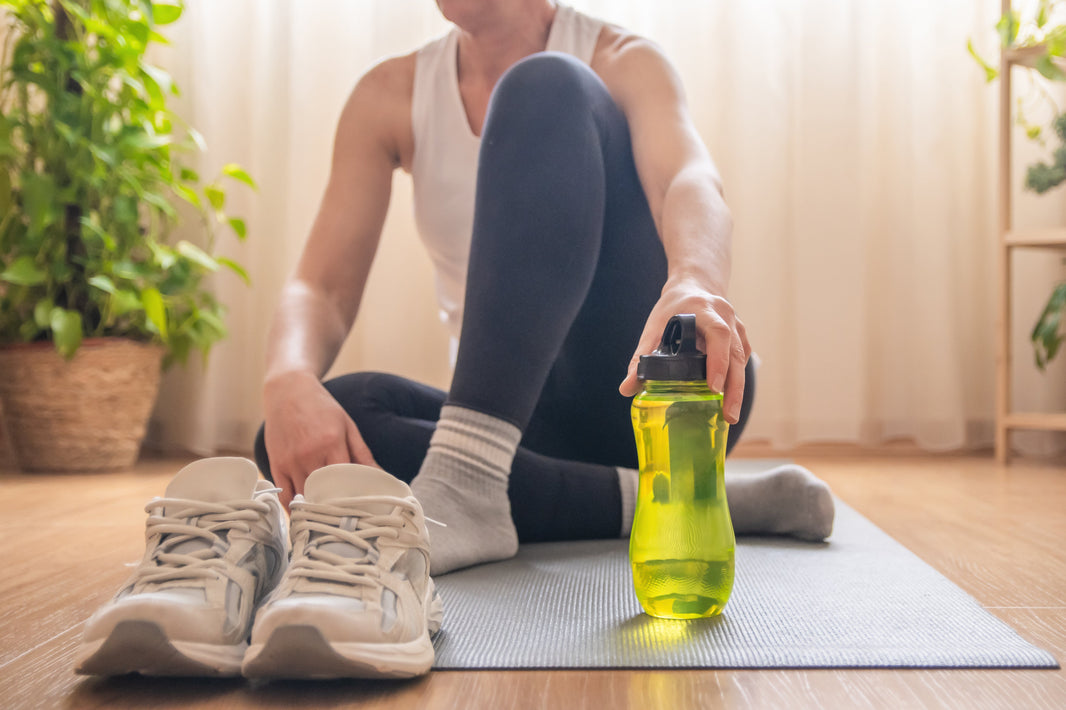Key Takeaways
-
Rest is not the opposite of progress—it’s an essential part of the performance cycle.
-
The right amount of recovery prevents burnout, improves muscle growth, and restores energy; too little or too much both stall results.
-
Common signs of under-recovery include fatigue, irritability, and plateaued performance, while over-recovery often hides as procrastination or fear of intensity.
-
Whey Protein, Collagen Peptides, and Creatine Fantastic support the physical recovery process, keeping muscles, joints, and energy systems ready for your next challenge.
-
The key is balance: enough rest to grow, not so much that you lose momentum.
Introduction: The Modern Misunderstanding of Recovery
For decades, fitness culture has glorified “more.” More work. More reps. More hustle.
But the truth is, growth doesn’t happen in the grind—it happens in the gaps between effort.
Recovery is the space where your body and mind integrate what you’ve trained for. It’s where microtears rebuild into stronger fibers, where fatigue transforms into endurance, and where focus returns after exhaustion.
Yet recovery has an image problem. Many people either don’t do it enough—or they lean so far into “rest” that progress quietly stalls.
In this guide, we’ll unpack how to know if you’re truly recovering—or if you’re accidentally stuck—and how to build a recovery rhythm that keeps you performing at your best.
The Real Role of Recovery
Recovery isn’t about inactivity. It’s about adaptation. Every time you train, lift, or challenge your body, you create controlled stress. Recovery is when your body absorbs that stress and builds resilience.
This process happens through:
-
Muscle protein synthesis: repairing damaged muscle fibers with new, stronger tissue.
-
Glycogen replenishment: refilling energy stores for future workouts.
-
Nervous system reset: restoring your ability to focus, coordinate, and perform.
-
Hormone balance: regulating cortisol, testosterone, and growth hormone levels.
Without recovery, those systems can’t fully adapt. But without consistent stimulus, they have nothing to adapt to. That’s why finding balance is everything.
When You’re Not Recovering Enough
You can’t outwork fatigue. Ignoring recovery doesn’t make you tougher—it makes you weaker over time.
Signs you’re under-recovering:
-
Persistent soreness or tightness: If it lasts more than 72 hours, your tissues are struggling to repair.
-
Sleep disturbances: Overtraining raises cortisol, which disrupts rest.
-
Low motivation or irritability: Chronic fatigue often masquerades as lack of willpower.
-
Plateaued or declining performance: You’re working harder but getting weaker.
-
Frequent illness or injuries: Your immune system can’t keep up with the stress load.
How to Fix It
-
Prioritize nutrition: Adequate calories and complete proteins (like Fantastic Nutrition Whey Protein) drive recovery at the cellular level.
-
Use supplements strategically: Creatine Fantastic replenishes energy stores and reduces muscle breakdown, while Collagen Peptides support tendon and joint integrity.
-
Sleep more than you think you need: Recovery accelerates in deep sleep.
-
Take active rest days: Light activity promotes blood flow and muscle repair.
Under-recovery often stems from overcommitting and undernourishing—your body can’t heal without fuel.
When You’re Resting Too Much
The opposite problem can be just as tricky: mistaking prolonged rest for recovery.
Signs you’re “stuck” instead of recovering:
-
You skip workouts because you still feel tired—but never test your limits.
-
You confuse comfort with readiness: Your energy feels flat, but not sore.
-
You lose strength or endurance over time.
-
You find yourself “waiting” for motivation to return.
Often, what feels like recovery is actually hesitation. The body doesn’t need more rest—it needs activation.
How to Fix It
-
Restart gradually: Try 10–15 minutes of light movement. Momentum follows motion.
-
Fuel properly: Protein and creatine intake stimulate recovery and readiness—your body feels better when it’s nourished.
-
Track your energy: Note how you feel before and after movement. If exercise restores you, you were resting too long.
-
Rebuild consistency: Schedule activity again as a habit, not a test of motivation.
Recovery that becomes avoidance leads to deconditioning—physically and mentally. The key is not comfort, but restoration.
The Science of “Enough” Recovery
The right amount of recovery depends on your workload, age, and stress outside the gym.
-
Younger or highly trained individuals: may recover faster, but still benefit from structured rest days.
-
Adults over 40: require longer recovery windows, especially for high-intensity training.
-
Busy professionals: mental fatigue compounds physical fatigue—stress management becomes part of the recovery plan.
The 3 R’s of Effective Recovery
-
Refuel: Replace nutrients lost during training—especially protein, electrolytes, and water.
-
Repair: Support tissue growth with amino acids (Whey Protein, Collagen Peptides).
-
Rebuild: Replenish ATP and muscle energy with Creatine Fantastic (Creapure® + myHMB®).
Together, these rebuild energy, strength, and focus so you’re not just recovered—you’re ready.
Active vs. Passive Recovery
Both types are valuable, but they serve different purposes.
| Type | Example | Benefit |
|---|---|---|
| Active Recovery | Light cycling, yoga, mobility work | Increases blood flow and reduces soreness |
| Passive Recovery | Sleep, rest, massage, sauna | Promotes deep tissue repair and hormonal reset |
The Perfect Balance
-
Combine both throughout your week.
-
Two to three days of active recovery helps you maintain momentum.
-
One full rest day per week allows your body to reset fully.
Recovery Nutrition: Why “Eating for Repair” Looks Different
Nutrition is the engine of recovery—and what you eat on off days matters just as much as training days.
1. Protein = Repair
Your muscles are still rebuilding long after your last workout.
-
Fantastic Nutrition Whey Protein provides fast-digesting amino acids for muscle synthesis.
-
Collagen Peptides add the glycine and proline needed for connective tissue recovery.
2. Creatine = Regeneration
Creatine stores ATP, the universal energy currency for both muscle and brain.
-
Creatine Fantastic (Creapure® + myHMB®) speeds up energy restoration and reduces muscle breakdown—so your next session starts at full power.
3. Carbohydrates = Replenishment
Healthy carbs (like oats, fruit, and quinoa) restore glycogen stores depleted by training.
4. Hydration = Delivery
Water supports circulation, nutrient absorption, and detoxification. Aim for half your body weight in ounces daily.
How to Tell When Recovery Is Working
You know your recovery routine is effective when you notice:
-
You wake up energized, not groggy.
-
You feel stronger or more mobile between sessions.
-
You rarely experience extended soreness.
-
Your sleep improves, and stress feels manageable.
Recovery isn’t about doing nothing—it’s about doing the right things consistently.
Frequently Asked Questions
1. How do I know if I’m under-recovered or just tired?
If fatigue improves after a rest day or solid sleep, you were under-recovered. If it persists beyond a few days, check your nutrition, hydration, and stress management.
2. How many rest days should I take each week?
Most active adults benefit from one full rest day and one to two light activity days per week. If soreness or fatigue lingers, add an extra day temporarily.
3. Should I take supplements on rest days?
Yes. Recovery happens when you’re resting. Continue taking Whey Protein, Collagen Peptides, and Creatine Fantastic daily to support repair and maintain energy balance.
4. Can too much rest hurt my progress?
Yes. Extended inactivity can lead to muscle loss, decreased endurance, and reduced motivation. The goal is to recover enough to come back stronger—not to stop moving altogether.
The Bottom Line
Recovery isn’t the pause between workouts—it’s the process that makes training worthwhile.
Finding balance means listening to your body: pushing when you’re ready, resting when you need it, and nourishing yourself every step of the way.
By combining movement, mindful rest, and nutritional support from Fantastic Nutrition Whey Protein, Collagen Peptides, and Creatine Fantastic, you’ll stay in the sweet spot—recovering fully without losing momentum.


